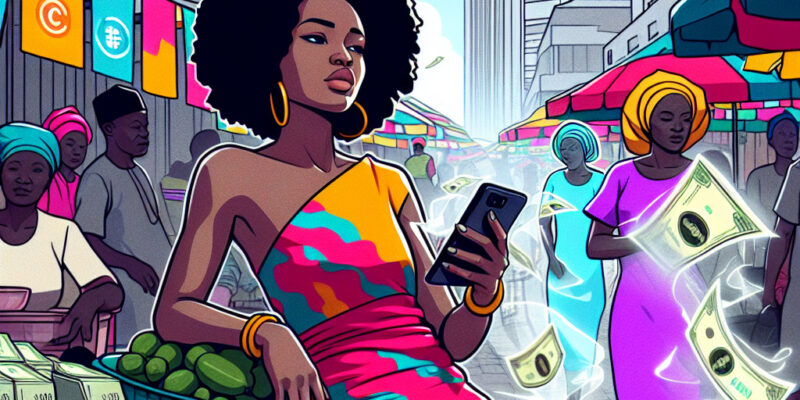Beat Inflation: How Stablecoins Empower Africans from Nairobi to Lagos

In recent years, economies across Africa, including major hubs like Nairobi in Kenya and Lagos in Nigeria, have been grappling with the relentless challenges posed by inflation. As prices of essential goods soar and local currencies struggle to hold their value, individuals and families find themselves in a constant battle to protect their financial wellbeing. Amidst this economic turbulence, a new financial savior has emerged: stablecoins. These digital currencies, tethered to the stability of the US dollar, are providing some much-needed relief and financial flexibility to countless Africans.
Unlike traditional cryptocurrencies characterized by extreme price volatility, stablecoins such as Tether (USDT) and USD Coin (USDC) are designed to maintain a consistent value. This is particularly appealing to African users seeking refuge from the unpredictability of local currencies. For many, the adoption of stablecoins is not merely a preference but a necessity. As inflation erodes purchasing power, these digital assets offer a reliable alternative, enabling people to store and transfer value without the fear of loss.
One area where stablecoins are making a notable impact is in the realm of remittances. With a significant diaspora sending funds back home, the cost of transferring money through traditional channels can be prohibitively high. Stablecoins circumvent these hefty fees, allowing families to retain more of what is sent back, thus amplifying the financial support they receive. In doing so, stablecoins help bridge the economic gap for families who rely on remittances as a critical component of their income.
A particular success story in leveraging stablecoins can be seen through Kenya’s mobile payment platform, M-Pesa. By integrating stablecoins, residents can effortlessly make transactions, pay for services, and exchange money across borders, all through the convenience of their mobile devices. This innovation has further propelled financial inclusion, reaching even those in remote areas who might not have access to traditional banking infrastructure. As mobile technology continues to penetrate deeper into African societies, the synergy between mobile wallets and stablecoins offers a promising glimpse into a more inclusive financial future.
Yet, the journey to widespread stablecoin adoption is not without its hurdles. Regulatory environments vary greatly across African nations, with some governments embracing the digital currency wave while others tread cautiously. The evolving legal landscape means that users and businesses must stay informed and adaptable, learning to navigate the intricacies of this new digital frontier.
Despite these challenges, the resilience of African spirit is evident. Communities are coming together, sharing knowledge, and developing innovative solutions to harness the full potential of stablecoins. From entrepreneurs creating platforms specifically tailored for African users to educators spreading financial literacy, a robust ecosystem is steadily emerging. This collective effort not only empowers individuals but also amplifies the continent’s voice in the global conversation about the future of finance.
As we look to the future, it’s evident that the impact of stablecoins in Africa extends far beyond mere financial transactions. They symbolize a shift towards greater economic empowerment, offering security and opportunity in uncertain times. For many, stablecoins are more than just a tool; they represent hope—a beacon guiding them towards a more stable and prosperous future. As people from Nairobi to Lagos continue to adapt and innovate, the promise of stablecoins stands as a testament to their unwavering determination to thrive amidst adversity.













